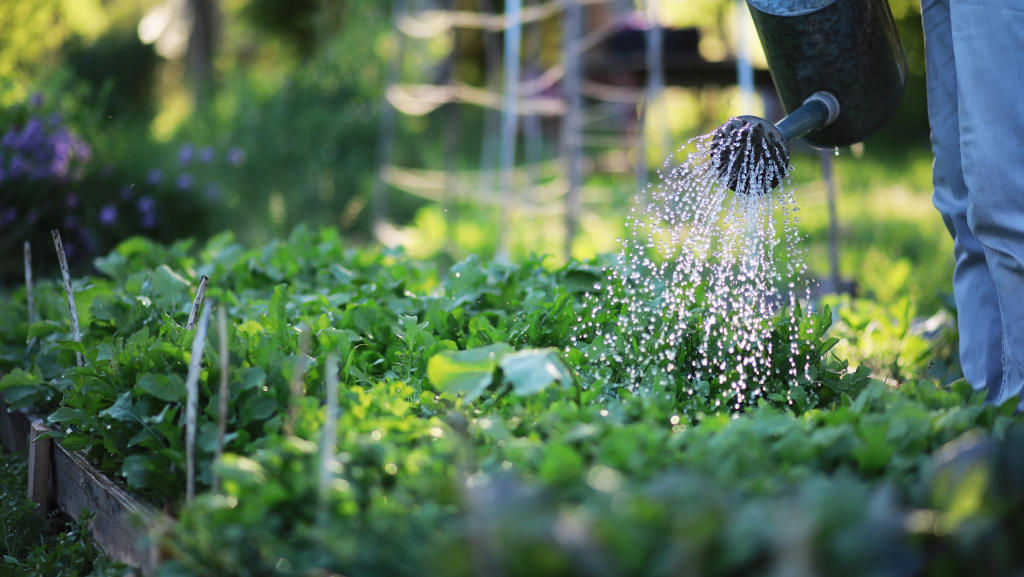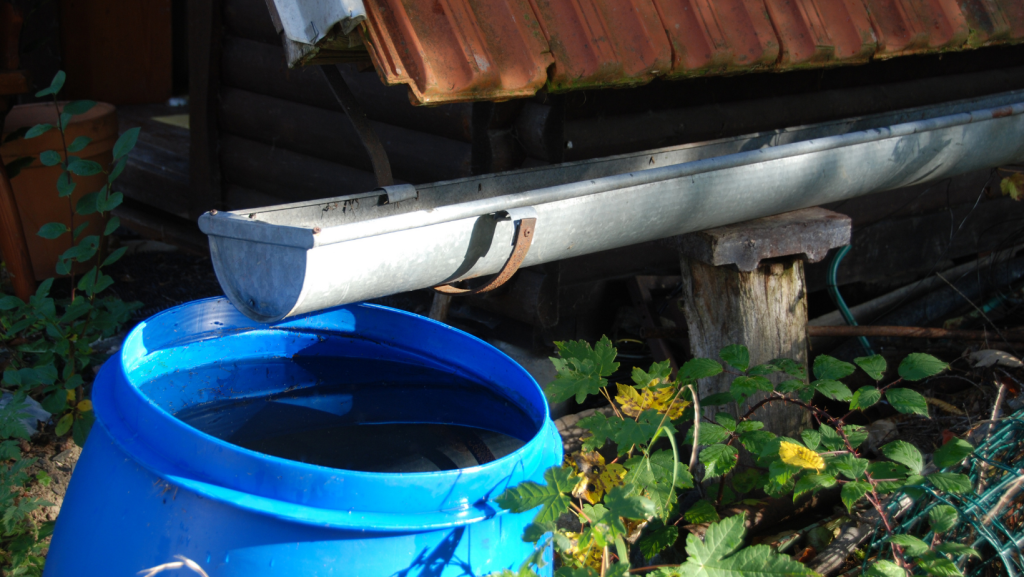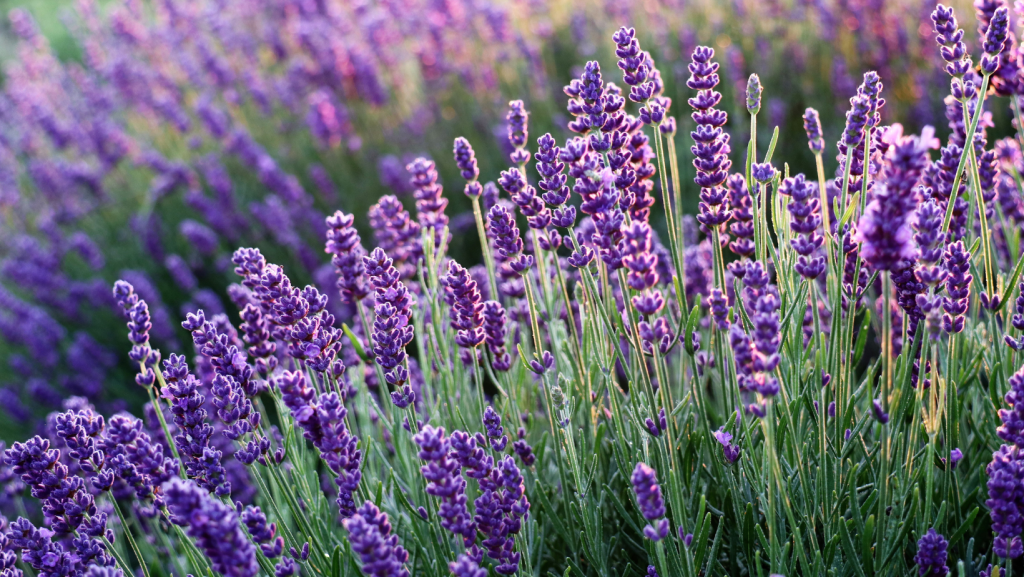A Call to Action for UK Gardeners
The glorious British summer has delivered prolonged sunshine, but for many across the UK, especially in regions like the North West, Yorkshire, Kent, and Sussex, it has come at a cost: a severe rainfall deficit. With spring 2025 being one of the driest on record in England and June proving to be exceptionally dry, our gardens are feeling the strain, and hosepipe bans are already in effect in some areas, with more likely to follow. This isn’t just about parched lawns; it’s a critical moment for us to rethink our gardening habits and become water-wise stewards of our precious outdoor spaces and the wildlife they support.
We’ve seen an exceptionally dry spring, with some areas experiencing the driest in nearly 100 years. Reservoir levels are concerningly low, and river flows are well below average. The message is clear: water is a scarce resource, and we all need to play our part in conserving it. The official term is a “Temporary Usage Ban” (TUB), and breaching it can lead to a hefty fine of up to £1,000. So, what can we do to ensure our gardens survive and even thrive during these challenging times?

Preserving Precious Drops: Water Hacks for Your Garden
The good news is that there’s a wealth of ways to keep your garden hydrated without resorting to the hosepipe. It’s about being strategic and embracing every drop.
- Embrace the Water Butt: This is arguably the most impactful step you can take. Install a water butt (or several!) to collect rainwater from your roof. The average UK roof collects enough rain to fill a water butt 450 times a year. Rainwater is not only free, but many plants actually prefer its acidity and temperature to tap water.
- Greywater is Your Friend (with caveats): Don’t let good water go down the drain! Water from your washing up bowl (without harsh chemicals or bleach), bathwater, or even the initial cold water run-off from your shower can be used on ornamental plants. Just ensure it’s used promptly and never on edible plants.
- Water Smart, Not Hard:
- Watering Can Power: Ditch the hosepipe and opt for a watering can. This allows for precise application, directing water exactly where it’s needed – at the base of the plant – rather than indiscriminately drenching the surrounding soil and encouraging weeds.
- Timing is Everything: Water early in the morning or late in the evening. This minimises evaporation, giving your plants the best chance to absorb the moisture before the sun gets too strong.
- Deep and Infrequent: Instead of shallow, frequent watering, aim for deeper, less frequent watering. This encourages plants to develop stronger, deeper root systems, making them more resilient to dry spells.
- Mulch, Mulch, Mulch! A generous layer of mulch (5-10cm thick) around your plants is a game-changer. Organic materials like bark chips, compost, or shredded leaves act like a blanket, suppressing weeds, regulating soil temperature, and, crucially, dramatically reducing water evaporation from the soil.
- Prioritise Your Plants: Focus your water efforts on young plants, seedlings, and container plants, as they are most vulnerable to drought. Established trees and shrubs are generally more resilient.
- Let Your Lawn Go Golden: It’s tough to see a brown lawn, but rest assured, it will bounce back when the rain returns. Avoid watering your lawn during a hosepipe ban. If you must mow, set your blades higher to provide more shade to the soil and leave the clippings in place as a natural mulch.

Planting for a Drier Future: Drought-Resistant Heroes
The changing climate means we need to adapt our planting choices. Embrace plants that naturally thrive in drier conditions, often with silvery foliage, fine leaves, or succulent properties.
- Mediterranean Marvels: Many plants from Mediterranean climates are perfectly adapted to dry, sunny conditions. Think Lavender, Rosemary, Cistus (Rock Rose), and Santolina.
- Succulent Saviours: Plants like Sedum (Stonecrop) and Sempervivum (Houseleeks) store water in their fleshy leaves, making them incredibly drought-tolerant and low-maintenance.
- Hardy Perennials: Consider Achillea (Yarrow), Agapanthus, Echinacea (Coneflower), Hardy Geraniums, Perovskia (Russian Sage), and Salvias. These often have deep root systems or water-efficient foliage.
- Grasses for Greenery: Ornamental grasses like Stipa tenuissima (Mexican Feathergrass) add movement and texture to the garden and are generally very drought-tolerant once established.
- Don’t Forget Natives: Many native British wildflowers are surprisingly resilient. Consider incorporating plants like Teasel or Field Scabious.
What NOT to Do: Avoid planting thirsty annual bedding plants that require constant watering. Also, resist the urge to power-wash patios or paths – save that water for essential garden care.

A Haven for Wildlife: Supporting Nature Through Drought
Drought doesn’t just impact our plants; it poses a significant threat to garden wildlife. We can create vital lifelines for them.
- Provide Water Stations: Leave shallow dishes or saucers of fresh water around your garden for birds, bees, and other insects. Place pebbles or marbles in them to help smaller creatures climb out safely. Keep bird baths topped up and clean.
- Help Hedgehogs: Hedgehogs struggle to find food in hard, dry soil. Offer proprietary hedgehog food or meaty pet food (never milk) in a sheltered spot, along with a shallow bowl of fresh water.
- Pond Power: If you have a pond, ensure wildlife can easily access and exit as water levels drop. Extend ramps or use strategically placed stones.
- Create Shade and Shelter: Avoid over-tidying your garden. Log piles, leaf litter, and overgrown areas provide crucial shade and shelter for insects, amphibians, and other creatures. Moistening your compost heap can also provide a damp refuge for invertebrates that hedgehogs rely on.
- Leave Wildflower Areas: If you have a wilder patch, let it be. Wildflower and meadow grasses offer shelter and a source of seeds for birds.
The current dry spell serves as a stark reminder of our dependence on water and the fragility of our natural environment. By implementing these water-saving strategies and making conscious planting choices, we can not only help our gardens survive the hosepipe ban but also build more resilient, water-efficient havens for both ourselves and the invaluable wildlife that calls our gardens home. Let’s embrace this challenge as an opportunity to cultivate a greener, more sustainable future, one drip at a time.